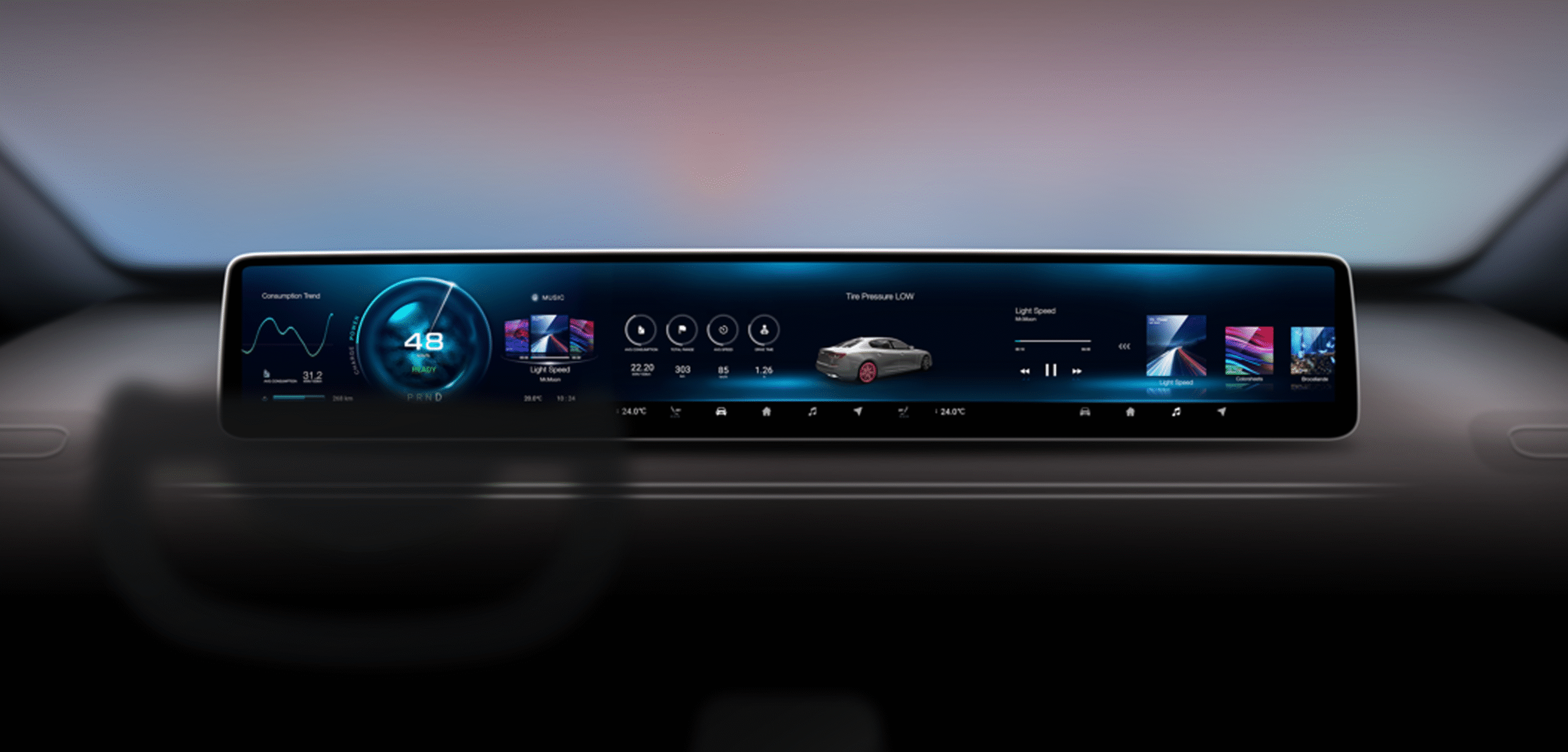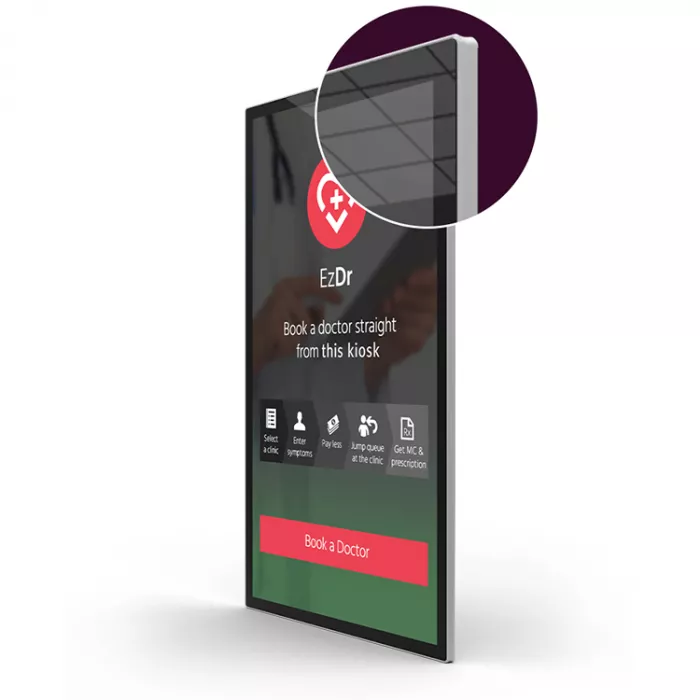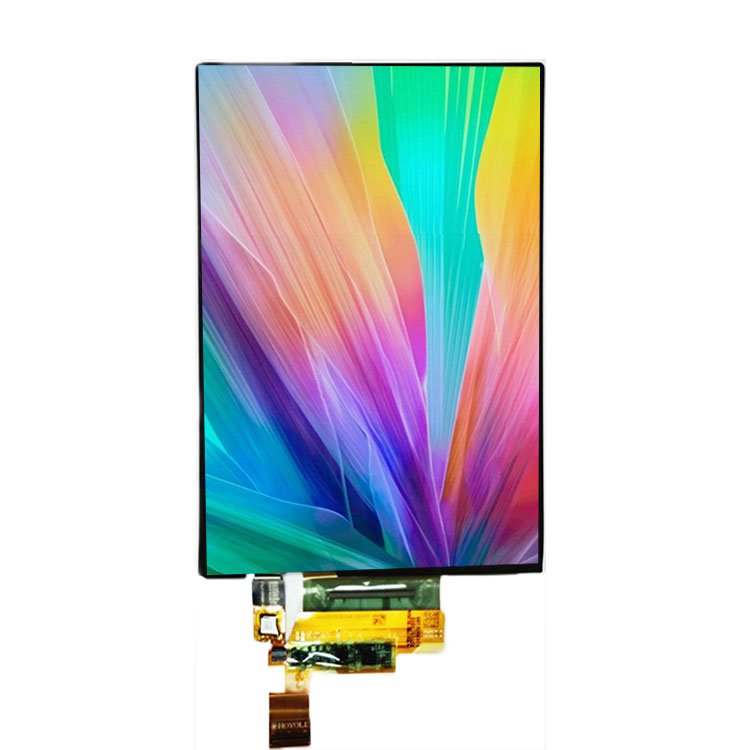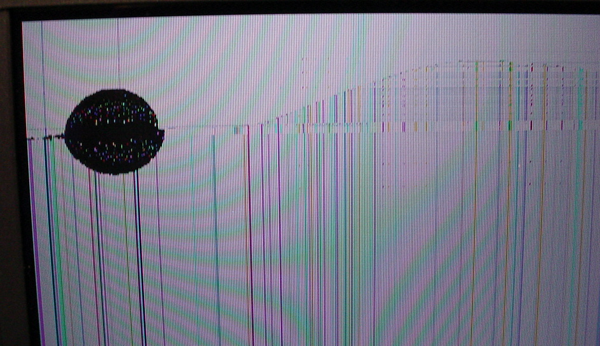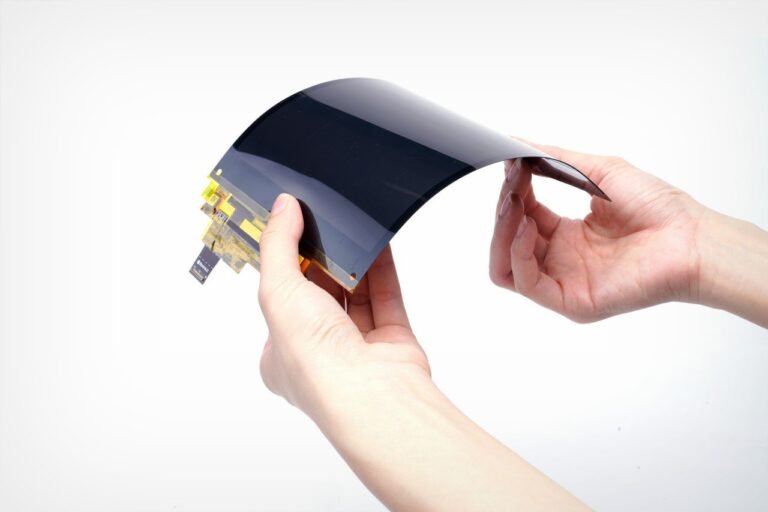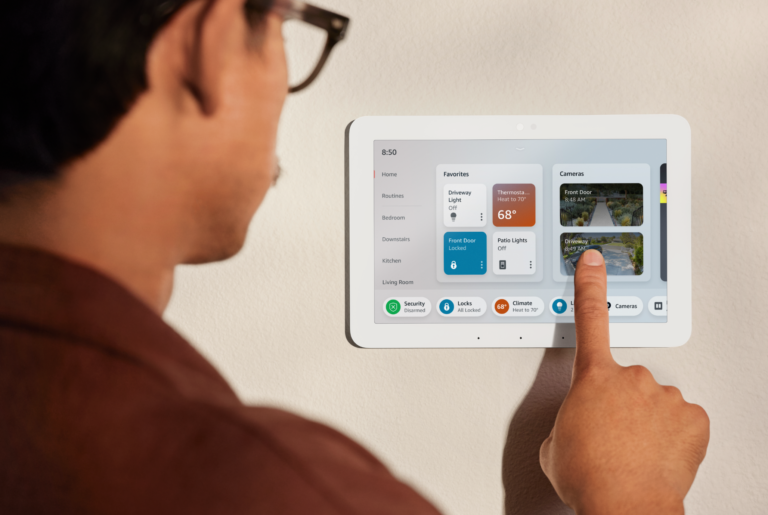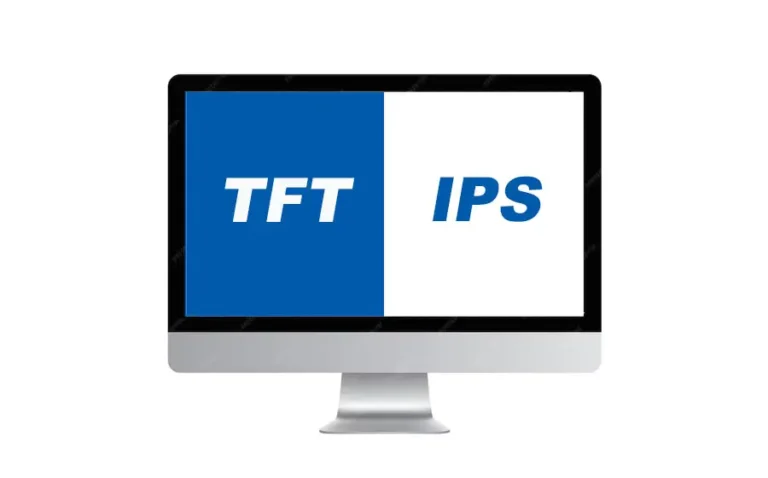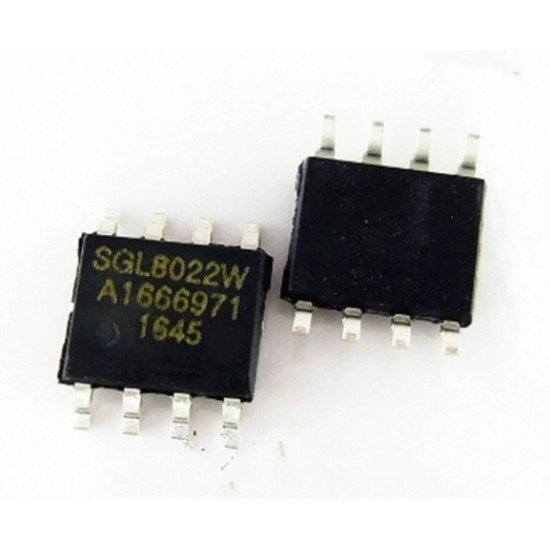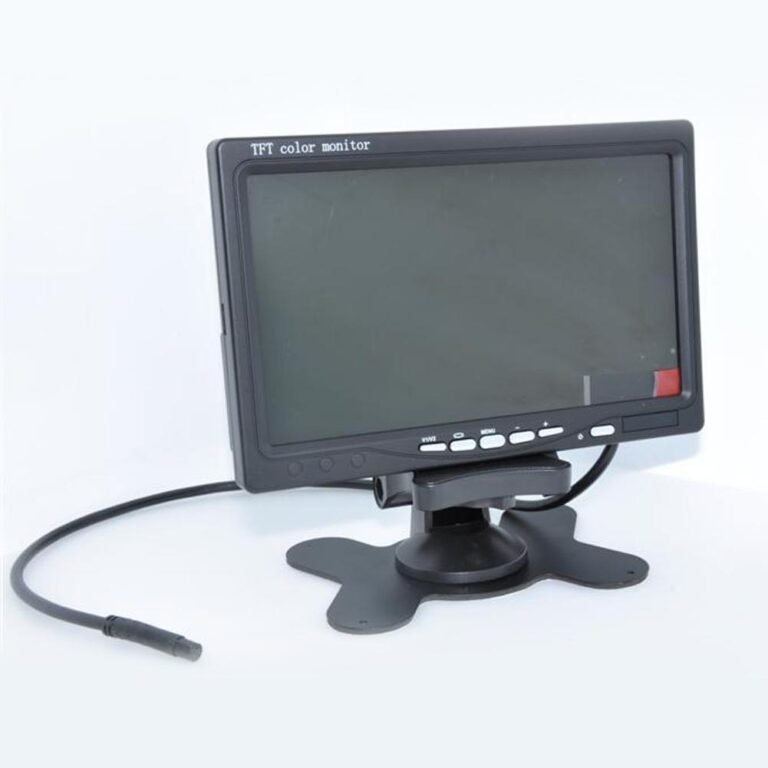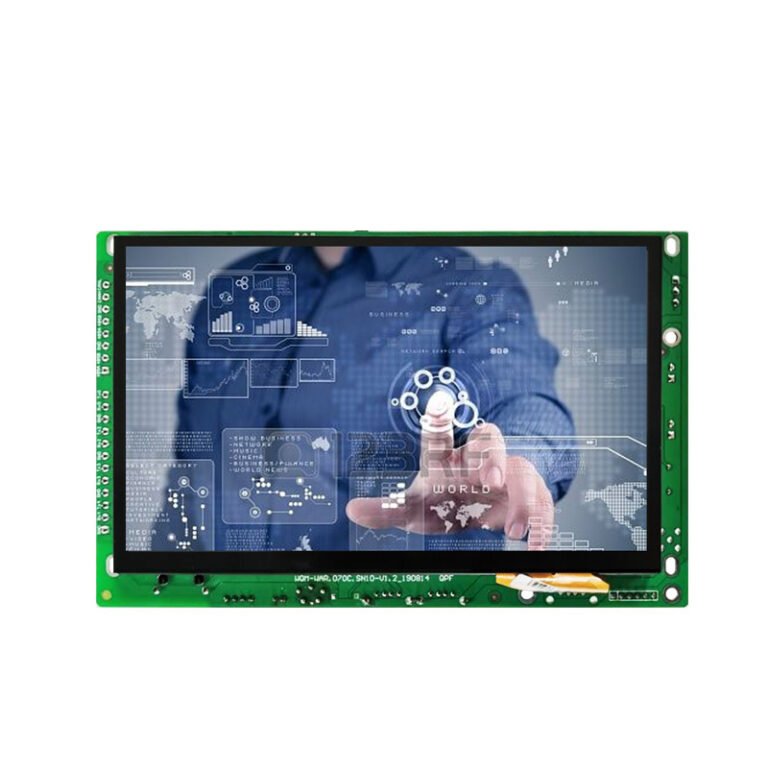What is an Automotive TFT LCD Display?
A TFT LCD (Thin-Film Transistor Liquid Crystal Display) is a flat-panel display technology that uses thin-film transistors to improve image quality and performance. In automotive applications, these displays are engineered specifically to meet automotive-grade standards, which means they must withstand extreme temperatures, vibrations, humidity, and long operating hours without performance degradation.
Automotive TFT LCD displays are widely used in:
- Digital instrument clusters
- Infotainment systems
- Head-up displays (HUDs)
- Rear-seat entertainment systems
- Advanced driver assistance system (ADAS) screens
Unlike consumer-grade displays, automotive displays are subject to AEC-Q100/AEC-Q200 qualification standards and must comply with ISO, SAE, and automotive OEM-specific requirements.
Why TFT LCD is Dominant in Automotive Displays
~하는 동안 OLED 그리고 MicroLED are emerging technologies, TFT LCD continues to dominate automotive applications due to:
- Proven Reliability – Decades of development make TFT LCD highly stable.
- Cost-Effectiveness – More affordable than OLED or MicroLED for large-scale production.
- 높은 밝기 – Can reach 1,000–2,000 nits, essential for sunlight readability.
- Wide Temperature Range – Typically operates from -30°C ~ +85°C.
- Mature Supply Chain – Broad industry adoption ensures availability and support.
Key Technical Features of Automotive TFT LCD Displays
High Brightness and Contrast
Automotive displays must remain readable under direct sunlight. Most automotive TFT LCDs achieve ≥1000 cd/m² luminance and maintain good contrast even in outdoor conditions.
Wide Viewing Angles
With car interiors varying in driver and passenger positions, displays must maintain uniform color and brightness across wide angles, often ≥85° in all directions.
Wide Temperature Resistance
Automotive TFT LCD displays operate reliably from -30°C ~ +85°C, with some models extending up to +105°C for special applications.
Anti-Glare and Optical Bonding
To reduce reflections and improve visibility, most automotive displays integrate anti-glare coatings 그리고 광학 본딩 techniques.
Long Lifespan
Designed for 50,000+ hours of operation, ensuring durability over a vehicle’s lifetime.
Applications of Automotive TFT LCD Displays
Digital Instrument Clusters
Replacing analog gauges, TFT LCD clusters display speed, RPM, fuel, and ADAS alerts with customizable layouts.
Central Infotainment Displays
Large touchscreen panels, ranging from 7-inch to 15-inch, integrate navigation, multimedia, and connectivity functions.
후석 엔터테인먼트(RSE)
고해상도 디스플레이는 영화, 앱, 인터넷 브라우징 기능을 통해 승차감을 향상시킵니다.
ADAS 및 HUD
디스플레이는 다음 정보를 제공합니다. 차선 이탈 경고, 어댑티브 크루즈 컨트롤 시각 정보, 실시간 내비게이션 오버레이.
전기차 전용 디스플레이
전기차는 TFT LCD를 통해 다음 정보를 표시합니다. 배터리 잔량, 충전 상태, 에너지 효율 데이터.
차량용 TFT LCD 디스플레이 vs 소비자용 TFT LCD
| 기능 | 차량용 TFT LCD | 소비자용 TFT LCD |
|---|---|---|
| 작동 온도 | -30°C ~ +85°C | 0°C ~ +50°C |
| 내구성 | 높은 진동 및 충격 저항성 | 표준 내구성 |
| 밝기 | 최대 2000니트 | 300~500니트 |
| 수명 | 50,000시간 이상 | 약 20,000시간 |
| 규제 기준 | AEC-Q100, ISO, SAE | 일반 소비자 기준 |
| 비용 | 차량용 등급 요구사항으로 인해 더 높음 | 더 낮은 생산 비용 |
차량용 TFT LCD 디스플레이의 장점
- 우수한 햇빛 가시성 – 높은 밝기로 강한 주간광 아래에서도 가시성을 보장합니다.
- 장기 내구성 – 진동, 고온, 고습을 견디도록 제작되었습니다.
- 유연한 사용자 지정 – 원형, 직사각형, 곡선형 등 다양한 형태로 설계 가능합니다.
- 확장성 – 다음 크기를 지원합니다. 3.5인치 소형 디스플레이 에 15인치 와이드 스크린.
- 향상된 안전성 – 실시간 ADAS 및 HUD 데이터 시각화를 가능하게 합니다.
차량용 TFT LCD 디스플레이의 과제
장점이 많지만 몇 가지 과제가 존재합니다:
- 에너지 소비: 대형 디스플레이는 전기차에 중요한 더 많은 전력을 소모합니다.
- 원가 압력: 자동차 OEM들은 까다로운 사양에도 불구하고 경쟁력 있는 가격을 요구합니다.
- 부상하는 OLED 경쟁: OLED는 더 깊은 블랙과 높은 명암비를 제공하지만, 비용이 더 높고 고온에서 신뢰성이 낮습니다.
- 공급 장기화: 차량 수명 주기에 따라 8~10년간 부품 조달이 필요합니다.
차량용 TFT LCD 디스플레이의 최근 혁신
- 곡면 TFT 디스플레이 – 고급 차량의 실내 미학에 부합합니다.
- 햅틱 피드백 통합 – 터치스크린 상호작용성을 향상시킵니다.
- 듀얼 셀 기술 – OLED에 가까운 명암비를 개선합니다.
- 미니 LED 백라이트 – 로컬 디밍과更高 밝기를 제공합니다.
- 투명 TFT 디스플레이 – 미래지향적인 HUD 및 윈도우 응용을 가능하게 합니다.
차량용 TFT LCD 디스플레이 시장 동향
- 대형 디스플레이로의 전환 – 최신 차량에는 다음과 같은 레이아웃이 도입되고 있습니다. 듀얼 및 트리플 스크린 레이아웃.
- AI 및 연결성과의 통합 – 자율주행을 위한 스마트 대시보드.
- OEM별 맞춤화 – 브랜드 차별화를 위한 독창적인 레이아웃.
- 전기차(EV) 성장 – EV 대시보드는 효율성 데이터 시각화를 위해 TFT LCD에 크게 의존합니다.
- 지속가능성 – 제조사들은 저전력, 친환경 디스플레이에 주력하고 있습니다.
에 따르면 Market Research Future (MRFR)의 자료에 따르면, 자동차 디스플레이 시장은 2024년부터 2030년까지 8%의 연평균 복합 성장률(CAGR)로 성장할 것으로 전망됩니다. 이 동안 TFT LCD는 최대 세그먼트로 남을 것입니다.
향후 전망
~하는 동안 OLED와 MicroLED는 점차 고급 차량에 진출할 것이나, TFT LCD는 원가 효율성, 검증된 신뢰성 및 확장성으로 인해 단기 및 중기적으로는 지배적 위치를 유지할 것입니다. 다음과 같은 동향을 예상할 수 있습니다:
- TFT LCD와 OLED를 결합한 하이브리드 디스플레이 시스템.
- 차세대 콕핏을 위한 플렉서블 TFT 디스플레이.
- 적응형 레이아웃과 맞춤형 운전자 인터페이스를 위한 AI 통합.
결론
그리고 자동차용 TFT LCD 디스플레이는 단순한 구성 요소가 아닌, 스마트 모빌리티의 핵심 동력입니다. 운전자 안전을 보장하고 승객 엔터테인먼트를 향상시키는 것부터, 이러한 디스플레이는 현대 차량 내에서 인간과 기계 간의 간극을 메워줍니다.
자동차 기술이 진화함에 따라 TFT LCD도 커브드 폼 팩터, 높은 동적 범위(HDR), 고급 연결성과 같은 혁신 기술을 통합하며 계속 적응해 나갈 것입니다. 비록 OLED와 MicroLED가 미래에는 주목받을 수 있겠지만, TFT LCD는 앞으로 몇 년 동안 자동차 디스플레이의 중추 로 남을 것입니다.


